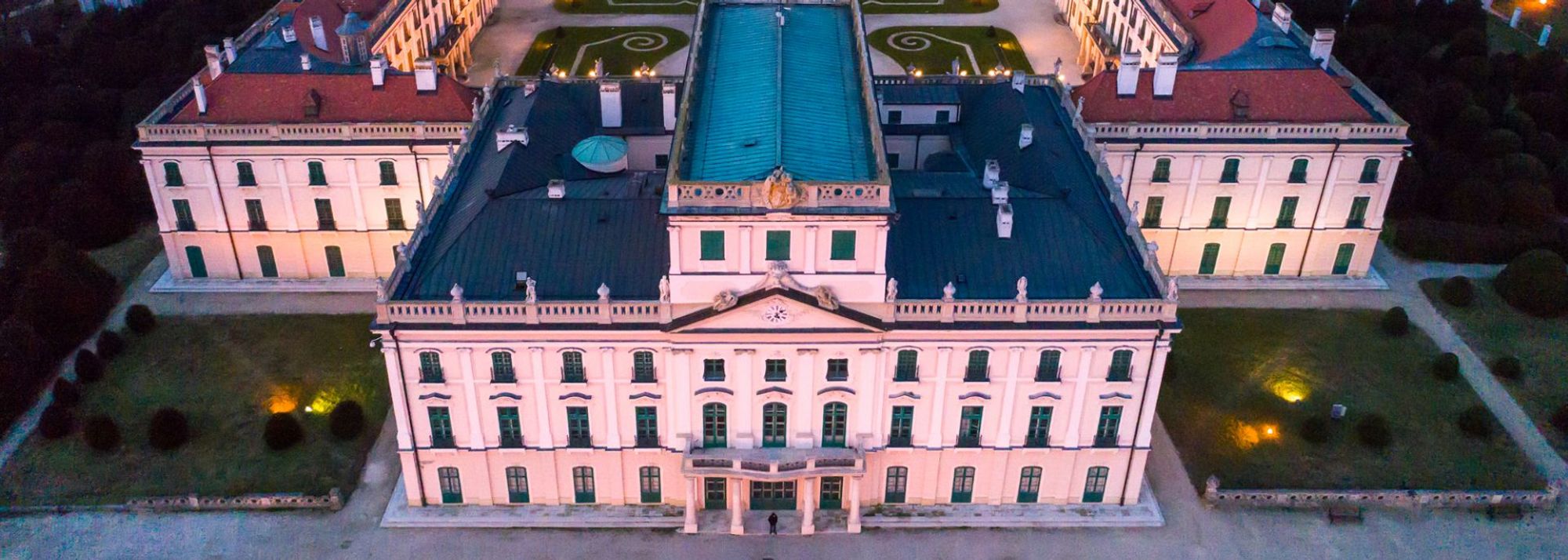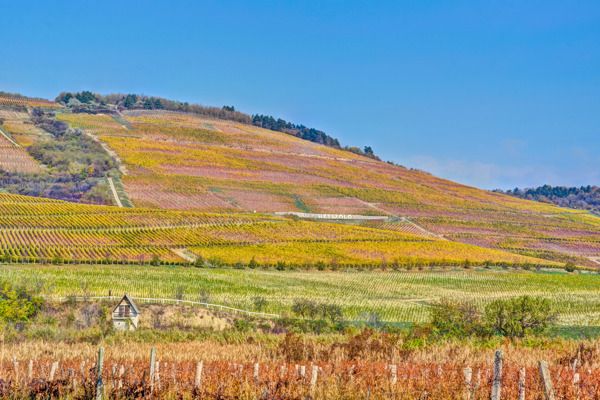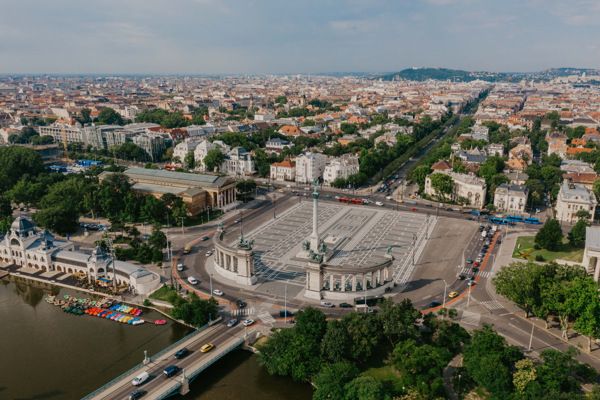Esterházy Castle in Fertőd, Hungary (© mtu.gov.hu)
For those who visit Hungary and want to see more than Budapest, here are three exciting places to discover the country's rich historical and cultural heritage.
A thousand-faced romantic spot: the Fertő Cultural Landscape
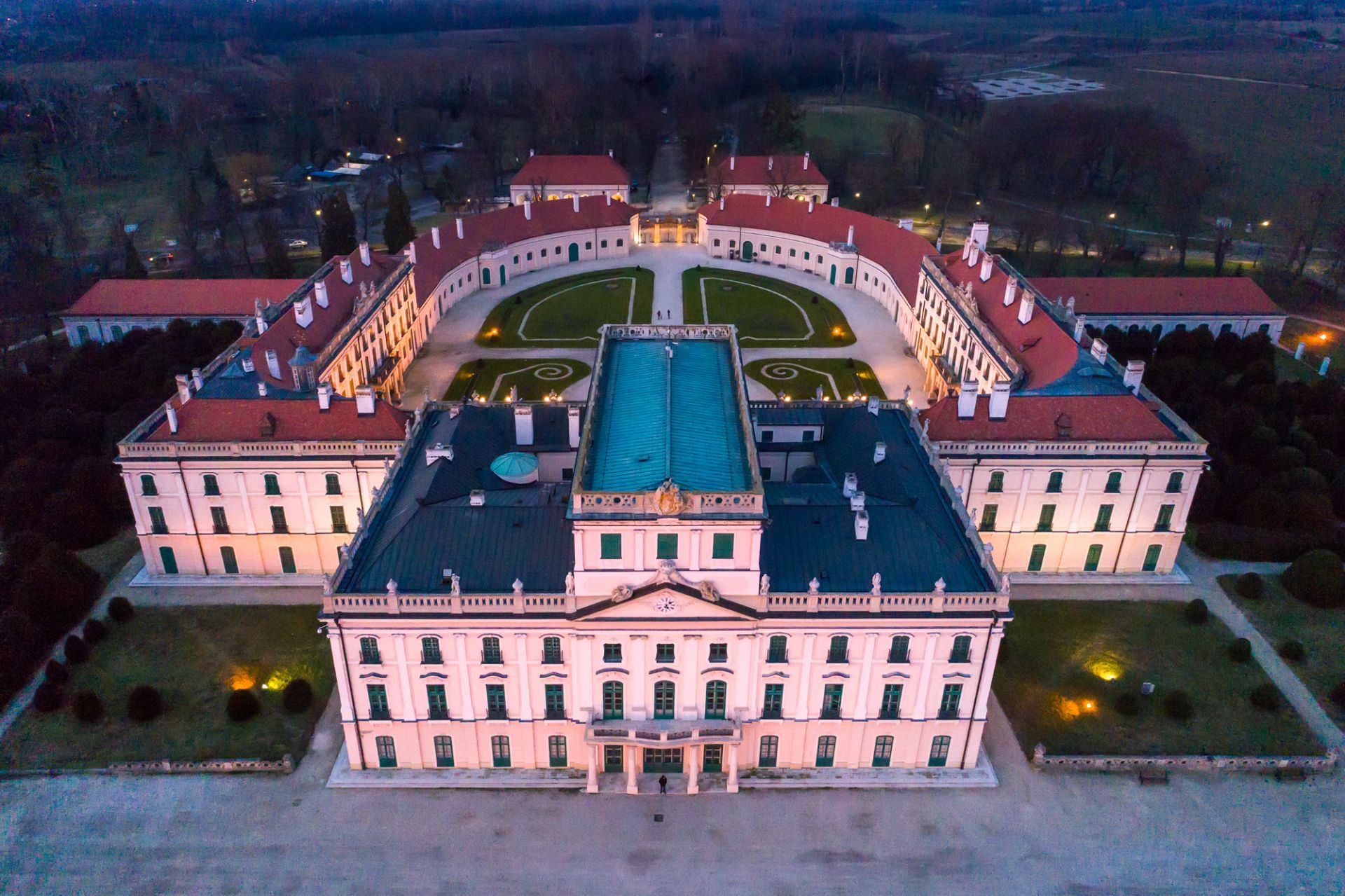
Esterházy Castle in Fertőd, Hungary (© mtu.gov.hu)
One of the wonders of World Heritage is the unique cultural landscape of Lake Fertő-Neusiedlersee, which is not only spectacularly beautiful but also extremely rich in archaeological, ethnographic, architectural and cultural heritage. Three-quarters of the 20,000-year-old mysterious Lake Fertő lies on the Austrian side and one-quarter on the Hungarian side, so the two countries have applied for the World Heritage site together.
The continent's largest salt lake is surrounded by an unrivalled diversity of flora and fauna. Its natural treasures are accompanied by a rich cultural heritage: it has been inhabited for 8,000 years, and successive civilisations and a diverse ethnic population have managed to preserve its values and cultural heritage.
The World Heritage Site covers a total area of 74 716 hectares. On the Hungarian side, the area includes the Fertő-Táj land of the Fertő-Hanság National Park, Fertőrákos, up to the road leading to the Pan-European Picnic site. The protected historic environment of the Széchenyi Castle in Nagycenk - with the protected linden tree-lined walk from the castle to the tomb of Béla Széchenyi and Hanna Erdődy. The protected historic environment of the Esterházy Castle in Fertőd, a jewel of the landscape. The Hungarian Versailles was a unique architectural phenomenon of its time. Also the area of Fertőd towards Lake Fertőd, up to the road to Pamhagen (Pomogy), and the built-up areas of Sarród, Fertőboz, Fertőszéplak, Hegykő, Fertőhomok, Hidegség and Balf, and the areas of the villages of Fertő, which are towards the lake.
Early Christian Necropolis of Pécs (Sopianae)

Early Christian Necropolis of Pécs (Sopianae) (© mtu.gov.hu)
A necropolis with fascinating details welcomes visitors to the centre of Pécs. The Romans founded their city of Sopianae in the area of Pécs at the beginning of the 2nd century. The Roman early Christian cemetery, which dates back to the 4th century, is an extremely varied example of late Roman funerary practice and funerary cult. Ongoing excavations have uncovered thousands of tombs and tomb chapels, where mainly wealthier families were buried.
The cemetery of Pécs also stands out among similar burial sites in that several stone buildings were found, which was not typical of the period. A special feature is the two-part tomb structures, which are still in very good condition. The underground section is a crypt - the tomb itself - where the deceased were placed in sarcophagi or brick tombs. Inside, they are decorated with biblical images and early Christian symbols. Above the tombs are the memorial chapels.
The largest building in the cemetery is the Old Christian Mausoleum, discovered in 1975, and one of its most unique features is the Early Christian chapel, the Cella Septichora, discovered in 1938, whose floor plan was a rarity in its time.
Pannonhalma Benedictine Archabbey
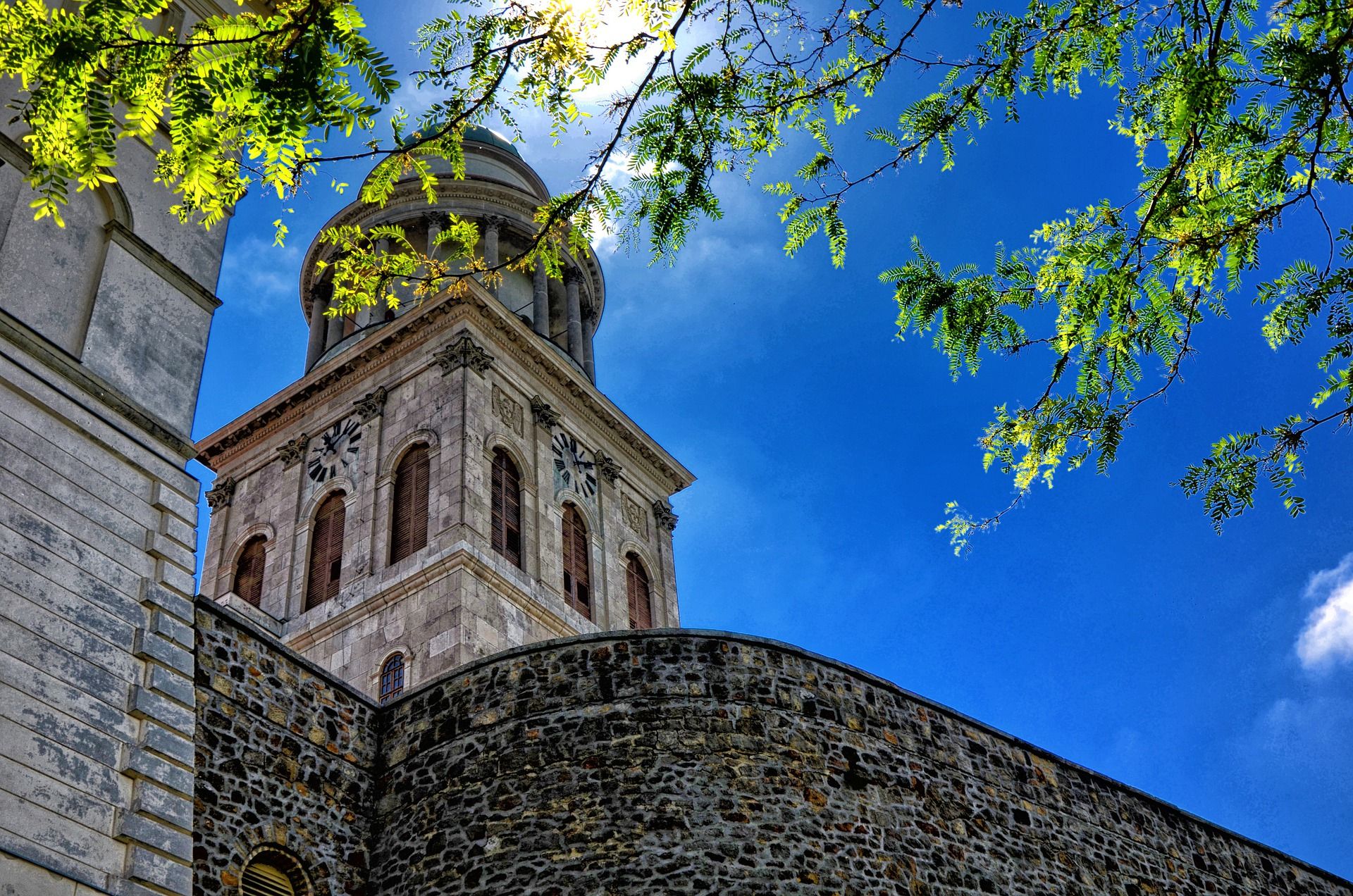
Pannonhalma Benedictine Archabbey
A spiritual place, memorial, ecclesiastical and artistic centre with a history dating back more than a thousand years. The monastery was founded by Prince Géza, the father of the future Saint Stephen, in 996, after the end of the Hungarian conquest. Pannonhalma thus became a symbolic opening to the West and to Christianity.
The area was already an important wine-growing region in Roman times, and today the monastery still owns vineyards and wineries. The monks also produce abbey beers and distillates and herbal products.
Education has been provided at Pannonhalma since its foundation, although it was only opened to lay students in 1921. As a result of the Order's cultural mission, the Abbey has an outstanding collection of art and science. Its library is the largest Benedictine collection in the world, and the Archabbey Archives preserve the founding charter of Tihany Abbey from 1055, the oldest scattered document in the Hungarian language.









